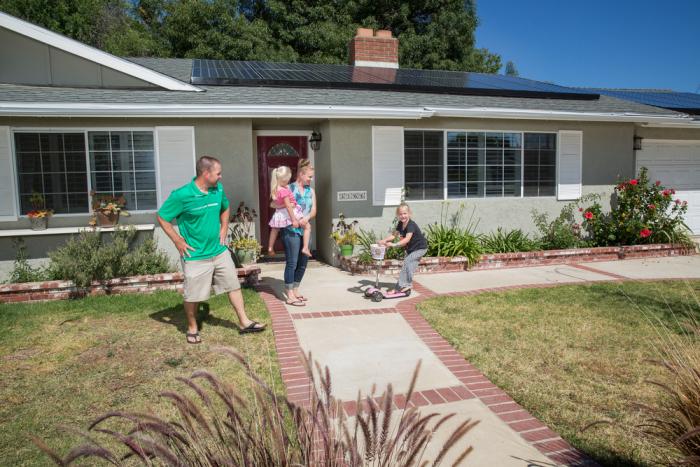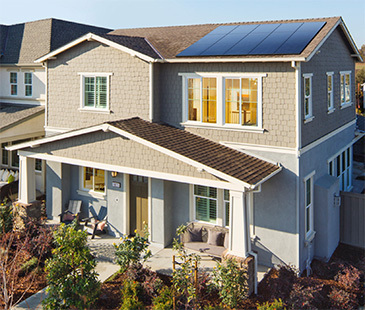
It’s no surprise that most homeowners don’t look forward to receiving their monthly electric bill. Extreme weather changes can heavily affect the final total and while homeowners have come to expect those fluctuations, they may not realize that there’s more to electricity charges than meets the eye.
Peak demand charges play a significant role in determining your total electricity bill. To put it plainly, peak pricing charges are fees electricity customers pay during periods of high demand. Typically, these high demand times occur during the day when families are most active at home whether cooking dinner, washing dishes or using other electrical appliances as they settle in for the evening. Because of this, families often don’t realize that their daily activities at home are leading them to accrue additional electrical fees. Luckily, there are steps homeowners can take to help avoid these charges. And while saving money is definitely a plus, there are additional reasons why homeowners should reduce usage during peak hours.
In areas like California that experience high temperatures and are susceptible to wildfire danger, homeowners need to avoid pulling from the grid during these peak hours to reduce strain on the grid. Not doing so can result in Public Safety Power Shutoffs from utility companies, like PG&E, who are trying to manage the load. While troubling, homeowners can respond by doing their part to reduce strain on the grid a few different ways.
Turn off and unplug
When it comes to energy conservation, it’s always a good idea to unplug anything that you’re not using but that especially comes in handy when talking about peak demand charges. Proactively turning off or unplugging appliances and electronic devices that are pulling power from the grid -- such as computers, televisions, stereos and even coffeemakers -- will pay off in the long run.
Precool your home
The early morning hours are often the coolest part of the day. As such, they present a great opportunity to fully cool your home down before warmer temperatures creep in. This can give your air conditioning a break during the first part of the day and reduce the amount of power needed to maintain a comfortable temperature.
Run appliances after hours
One of the best times to take care of needs that require more energy consumption is after peak hours end for the day. While times vary depending on the utility provider, this is often at night. For example, PG&E’s peak demand hours end at 8:00 p.m. on weekdays. In most cases, this is typically when demand is at its lowest. Reorganizing priorities so you can run the dishwasher at night or start a load of laundry will end up costing much less.
Switch to solar
Out of all of the suggestions mentioned above, solar energy is one of the most comprehensive solutions when looking to avoid peak demand charges and reduce strain on the grid. Not only does a solar system generate electricity during the hottest parts of the day, it can also provide electricity during peak times.
Now offering online consultations, SunPower energy consultants go through a series of questions to find the right solution for a homeowner’s energy needs. With all of that power being put to good use, electricity costs can be next to nothing. Some SunPower homeowners even brag about receiving an electric bill with a credit balance month to month.
Many SunPower homeowners have also added a solar battery to their system to mitigate when their energy is used. SunVault®, a SunPower storage solution, gives homeowners the option to use their stored energy when peak demand hours hit. It also serves as a great backup plan during rolling blackouts or PG&E Public Power Safety Shutoffs.
While there are various action items you can take to reduce peak charges, having solar on your side is the most foolproof plan. Going solar is easy and can be done from the safety and comfort of your own home through an online consultation. Just fill out the form here to get started.

